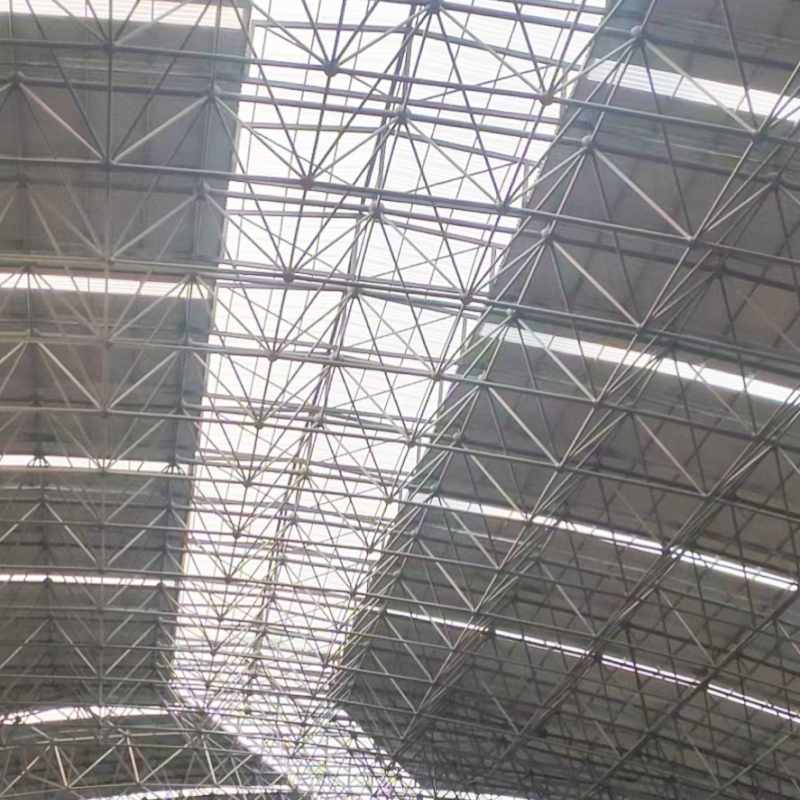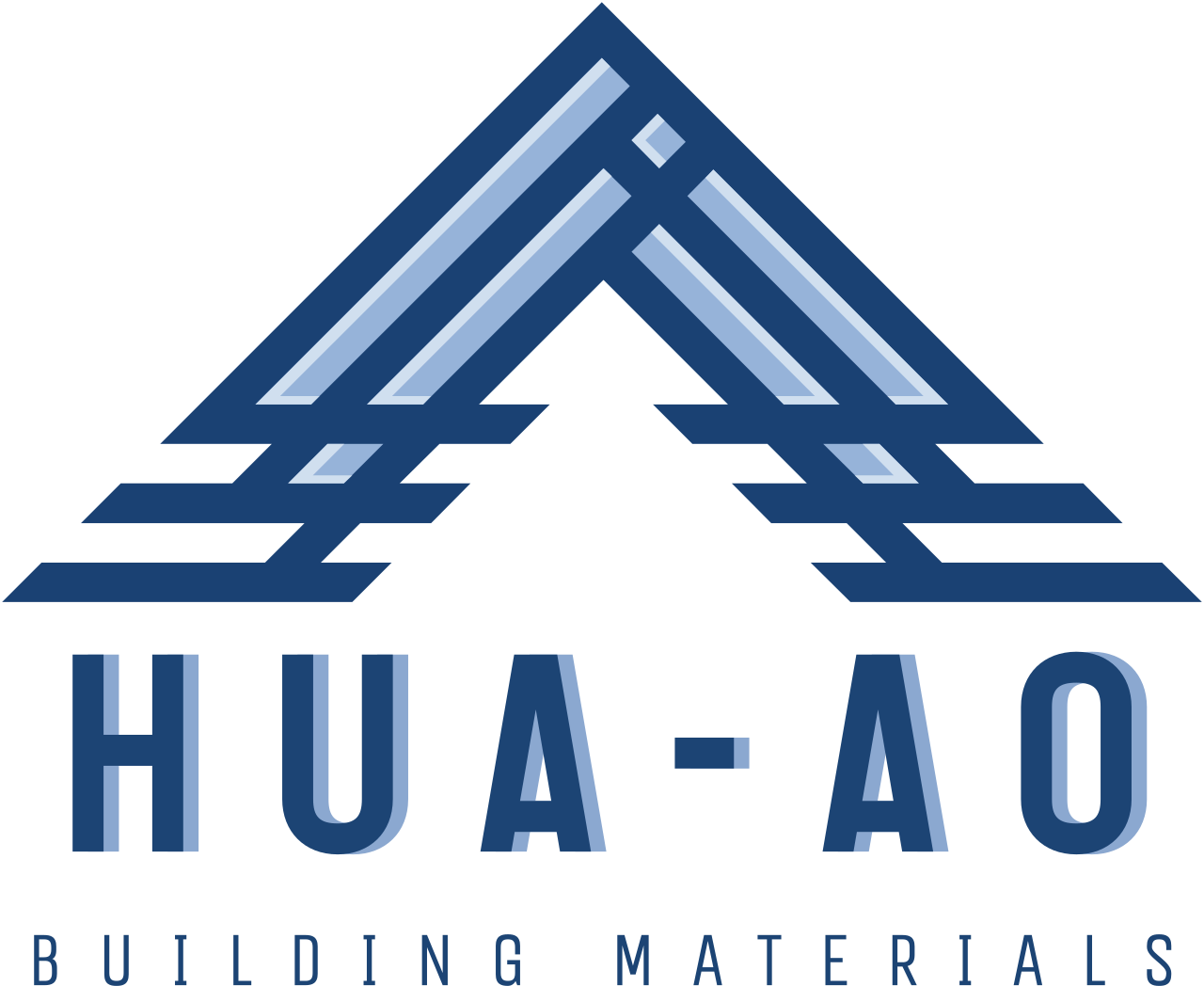
When it comes to translucent sheet materials, each type brings its unique set of characteristics and considerations. Let's delve into the world of these materials:
PVC Lighting Tile:
Material: Polyvinyl chloride (PVC) – known for its widespread use in engineering plastics.
Properties:
Advantages: Good acid and alkali resistance, flame retardant.
Limitations: High linear expansion coefficient, prone to breakage over large areas or long spans.
Appearance: Focuses on functionality over aesthetics, resulting in lower light transmittance and less vibrant colors.
PC Lighting Tile:
Material: Polycarbonate (PC) – recognized for its colorless, transparent, and heat-resistant properties.
Properties:
Advantages: High light transmittance, smooth material.
Limitations: Low impact resistance; susceptible to cracks and damage from sand and gravel impact.
Appearance: Aesthetically pleasing with superior light transmittance.
PET Lighting Tile:
Material: Polyethylene terephthalate (PET) – commonly used in high-performance films and fibers.
Properties:
Advantages: Brightly colored, but with low tensile strength.
FRP Lighting Tile:
Material: Fiberglass Reinforced Plastic (FRP) – known as fiberglass reinforced plastic in English.
Properties:
Advantages: High light transmission, corrosion resistance, long service life, easy installation.
Appearance: Smooth surface, varied color options, and high light transmittance.
Durability: Resistant to impact from sand and gravel, ensuring prolonged use.
In summary, the choice of translucent sheet material depends on the specific requirements of your project. Whether prioritizing functionality, aesthetics, or durability, each material offers a unique combination of properties to suit different needs. Explore the possibilities and make an informed decision for your next project.












